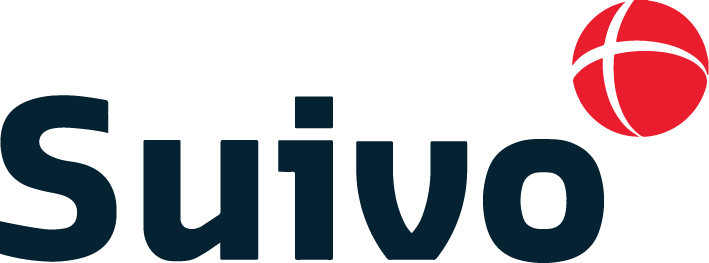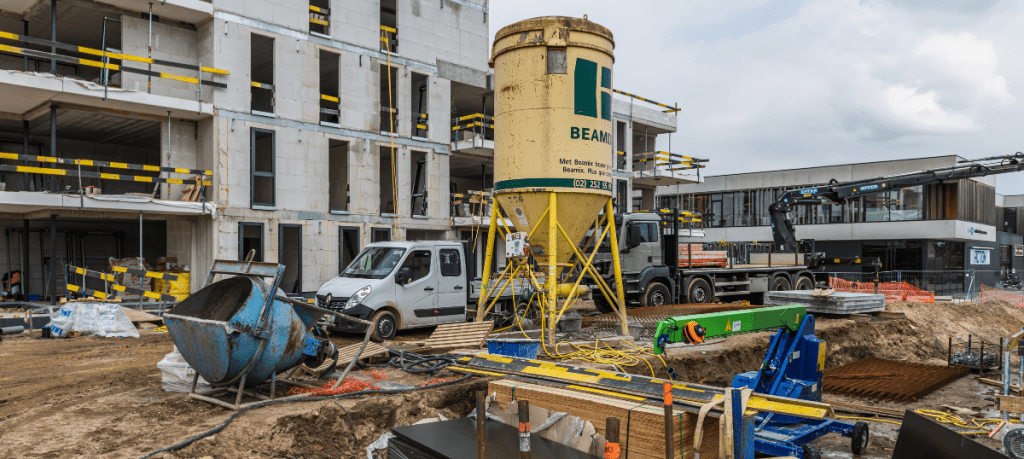What is an asset?
An asset is an object that is useful or valuable. The object can be owned by a person, a company, or an organization and used in numerous ways (to achieve, create, produce, facilitate, contain, transport, carry, etc.). People, companies, organizations and governments own trillions of assets worldwide.
Why do you need asset tracking?
You rely on your assets being available to do the task they are made to do, when you need them to do it. However, your asset quickly becomes a liability if you are unable to find the right asset at the right time, or if you can’t find a replacement when the original asset is unavailable. Plus, not knowing where your asset is can cause frustration, add to your operating costs and impact the service you provide your customers.
Using Geolocation technologies to track your assets in real time eliminates this frustration, reduces your operating costs and improves the service you provide to your customers.
How do you know if asset tracking is worth the investment?
It’s important to be certain that asset tracking is worth the investment which is why Suivo always recommends determining how you plan to calculate your ROI by determining measurable KPIs before you select the provider of your new Asset Management solution. Your solution should go beyond a simple GPS tracking solution to include a comprehensive platform that empowers you to implement a true asset management strategy.
What can you expect from an Asset Management solution?
• Tracking
The most basic function of an Asset Management solution is tracking. This means you can get an instant overview of what the company owns, easily enroll new assets (and retire old ones), update attributes and know exactly where your assets are in real time. Your provider will probably offer options including active and passive tags, autonomous trackers and powered trackers.
• Inventory
Your Asset Management solution should enable to create an inventory of all your assets. However, the more accurate and faster you need your inventory information, the larger the impact this will have on your budget. Suivo often recommends using Inventory Management as one of your KPIs.
• Inspection and maintenance plans
An Asset Management solution that automatically generates regular inspection and maintenance plans can help ensure that your assets are well maintained, so they are available and operational when you need them. Plus, this adds to the safety, comfort and wellbeing of your employees. Sounds like a win-win.
• Integration
Smooth integration with your (existing or new) backend and ERP systems is important. So when considering a new Asset Management solution, ask yourself: what are the integration options for each potential Asset Management solution? Does it use an open platform strategy? And can it connect with your backend and ERP systems? By answering these questions, you can avoid possible issues later.
• Usage
Another important question to ask yourself concerns usage. Can your new Asset Management solution measure usage and provide useful information so your procurement department can make data-driven decisions for future asset investments?
• Mobile apps
What do you want to do in the field with your assets? Check that these functions are available on the mobile app connected to your Asset Management solution. You’ll quickly find that mobile apps are crucial for providing real-time data when and where you need it. Plus, they are rich in features and easy to use.
• Configuration
The last parameter in our list is configuration. Your provider should be able to tailor the Asset Management solution to perfectly fit your business situation, without any need for compromise. That’s why it’s vital that you know (or can establish with your provider) what you need your Asset Management to do.
How can Suivo help your organization?
What your organization needs depends on your priorities. It’s likely to be a mix of some of the parameters above, possibly with a parameter or two that we didn’t cover. However, when looking for a future-proof solution to manage large volumes of assets, Suivo’s IoT Cloud platform is a good option. Combining hardware, connectivity and software, Suivo’s IoT Cloud platform is offered as a SaaS. The only question left for you to ask is: what do I want to track?




